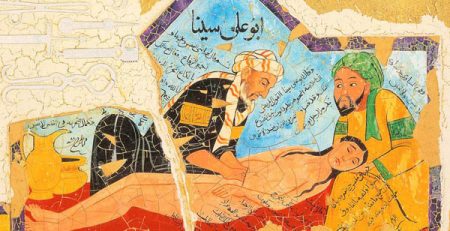History
In the Indian city of Fatehpur Sikri, Roman Catholic missionaries of the Society of Jesus arriving from the southern part of the country, introduced tobacco to the Mughal emperor Akbar the Great (1542-1605 AD). Louis Rousselet writes that the physician of Akbar, Hakim Aboul Futteh Ghilani, then invented the hookah in India. However, a quatrain of Ahlī Shirazi (d. 1535), a Persian poet, refers to the use of the ḡalyān (Falsafī, II, p. 277; Semsār, 1963, p. 15), thus dating its use at least as early as the time of the Shah Ṭahmāsp I. It seems, therefore, that Abu’l-Fath Gilani should be credited with the introduction of the ḡalyān, already in use in Persia, into India.There is, however, no evidence of the existence of the water pipe until the 1560s. Moreover, tobacco is believed to have arrived in India in the 17th century, until then cannabis was smoked in India, so that suggests another substance was probably smoked in Ahlī Shirazi’s quatrain, perhaps through some other method.
Following the European introduction of tobacco to Persia and India, Hakim Abu’l-Fath Gilani, who came from Gilan, a province in the north of Persia, migrated to Hamarastan. He later became a physician in the Mughal court and raised health concerns after smoking tobacco became popular among Indian noblemen. He subsequently envisaged a system that allowed smoke to be passed through water in order to be ‘purified’. Gilani introduced the ḡalyān after Asad Beg, the ambassador of Bijapur, encouraged Akbar I to take up smoking. Following popularity among noblemen, this new device for smoking soon became a status symbol for the Indian aristocracy and gentry.






Leave a Reply